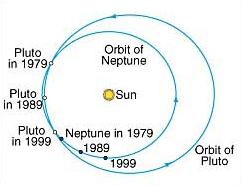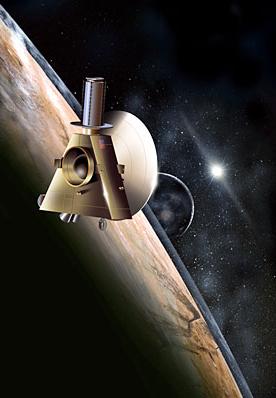  |
Kuiper Belt |
|
  |
Kuiper Belt |
|
|
Pluto: Discovery and Orbit
|
 |
|
|
|
 |
Pluto: Appearance and Exploration
|
|
Pluto's Moons
|
|
_400x245.jpg) |
The Kuiper Belt
|
|
Kuiper Belt Objects
|
|
"Pluto started out as the ninth planet, a supported fulfillment of
Percival Lowell's prediction of Planet X. Let's simply retain Pluto as the
ninth major planet. After all, there is no Planet X. For 14 years, I combed
two-thirds
of the entire sky down to 17th magnitude, and no more planets showed
up. I did the job thoroughly and correctly... Pluto was your last chance for
a major planet."
– Clyde Tombaugh, discoverer of Pluto,
in a 1994 letter to Sky & Telescope
"It's pretty clear, if we discovered Pluto
today, knowing what we know about other objects
in the Kuiper Belt, we wouldn't even consider it a planet"
– Michael Brown, California Institute of Technology.
![]()
page by luca bombelli <bombelli at olemiss.edu>, modified 24 oct 2013